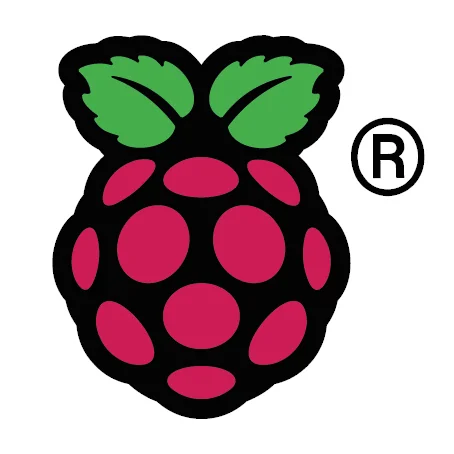Raspberry Pi Gets Fully Open-Source Graphics Stack

Since July of this year I had been exclusively hinting that a major open-source announcement was coming... In that article for the clued Phoronix readers it was made sort of apparent it was about ARM graphics drivers and the Raspberry Pi. Well, today, the Raspberry Pi Foundation is finally able to announce they have a fully open-source graphics driver stack for their low-cost development board!
Up to this point there has only been an open-source kernel module for tapping the Broadcom VideoCore found on the $25~35 USD computer boards, but now the user-space can finally be opened up and the developers have already tosses the user-space Pi code onto GitHub. "This repository contains the source code for the ARM side libraries used on Raspberry Pi. These typically are installed in /opt/vc/lib and includes source for the ARM side code to interface to: EGL, mmal, GLESv2, vcos, openmaxil, vchiq_arm, bcm_host, WFC, OpenVG."
The primary graphics APIs for the low-power Raspberry Pi are OpenGL ES 2.0, OpenVG, EGL and OpenMAX IL. The BCM2835 SoC used by the Raspberry Pi has a VideoCore IV graphics processor. The opened up user-space bits exposes all of these interfaces. Alex Bradbury, the lead Linux developer at the Raspberry Pi Foundation, blogged about this accomplishment. "The BCM2835 used in the Raspberry Pi is the first ARM-based multimedia SoC with fully-functional, vendor-provided (as opposed to partial, reverse engineered) fully open-source drivers, and that Broadcom is the first vendor to open their mobile GPU drivers up in this way."
Their user-space bits unfortunately aren't based around the Mesa/Gallium3D architecture, although it's possible they could now be ported to such a driver thanks to the fully open-source code-base. With the opened up user-space, the kernel driver also stands a chance of being accepted into the mainline Linux kernel tree.
Up to this point graphics kernel drivers that rely exclusively upon closed-source user-spaces haven't been accepted since there's many troubles to having a kernel who's only "user" is a binary blob, but that's now changed for the Raspberry Pi. The only bit that's not opened up is the microcode/firmware, which still must be loaded at boot, but still that's nothing different than how the AMD Radeon driver functions along with some other GPUs.
Nice job to the Raspberry Pi Foundation and Broadcom. Hopefully other vendors will be following soon... We did hear that Samsung may open up more of their Exynos SoC. We also know that NVIDIA will be opening up some of their Tegra graphics documentation for at least the 2D side. Meanwhile there still is various reverse-engineering of ARM graphics cores like the Lima driver for ARM Mali graphics and the Freedreno driver for Qualcomm Snapdragon graphics.
20 Comments

